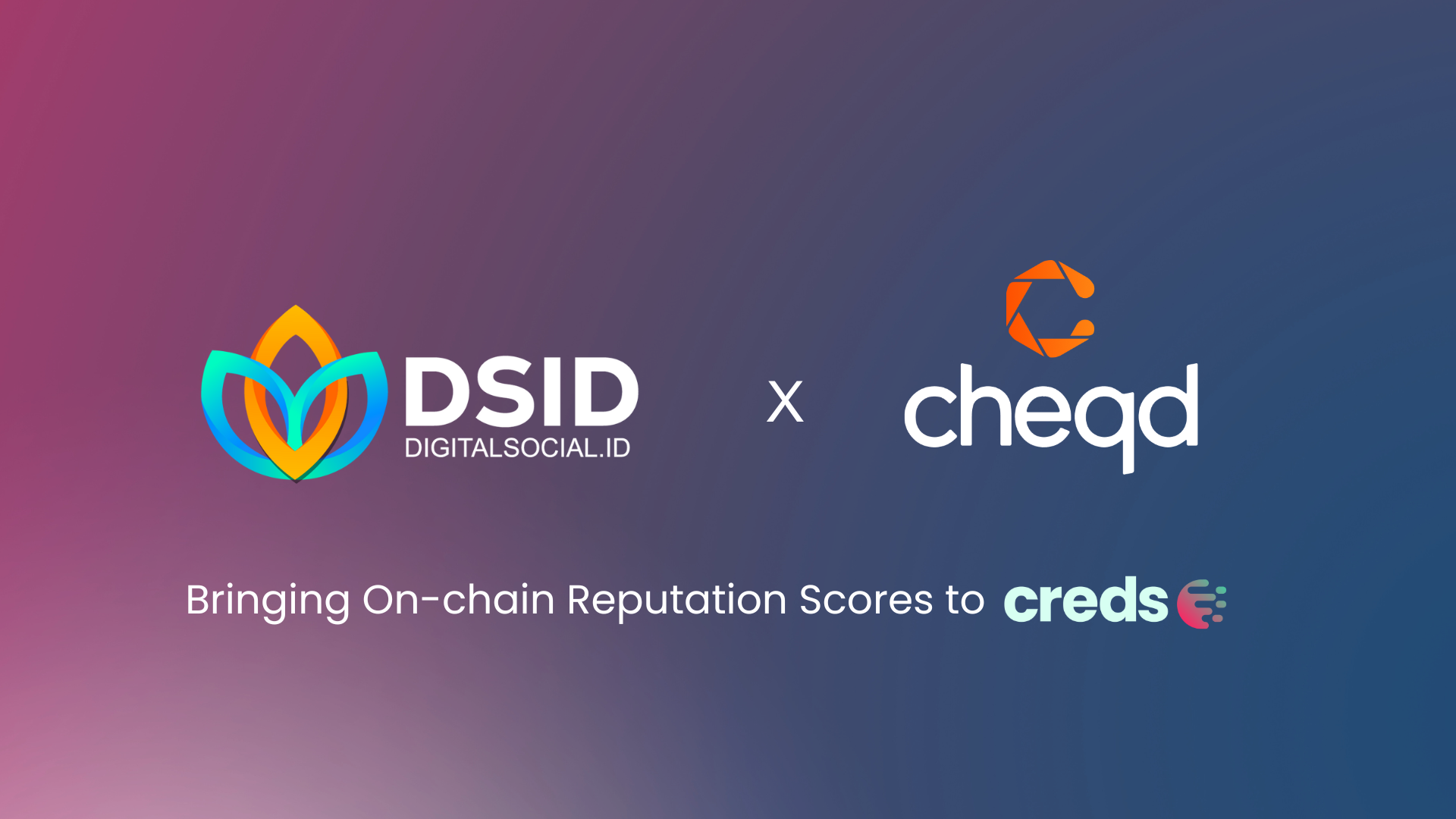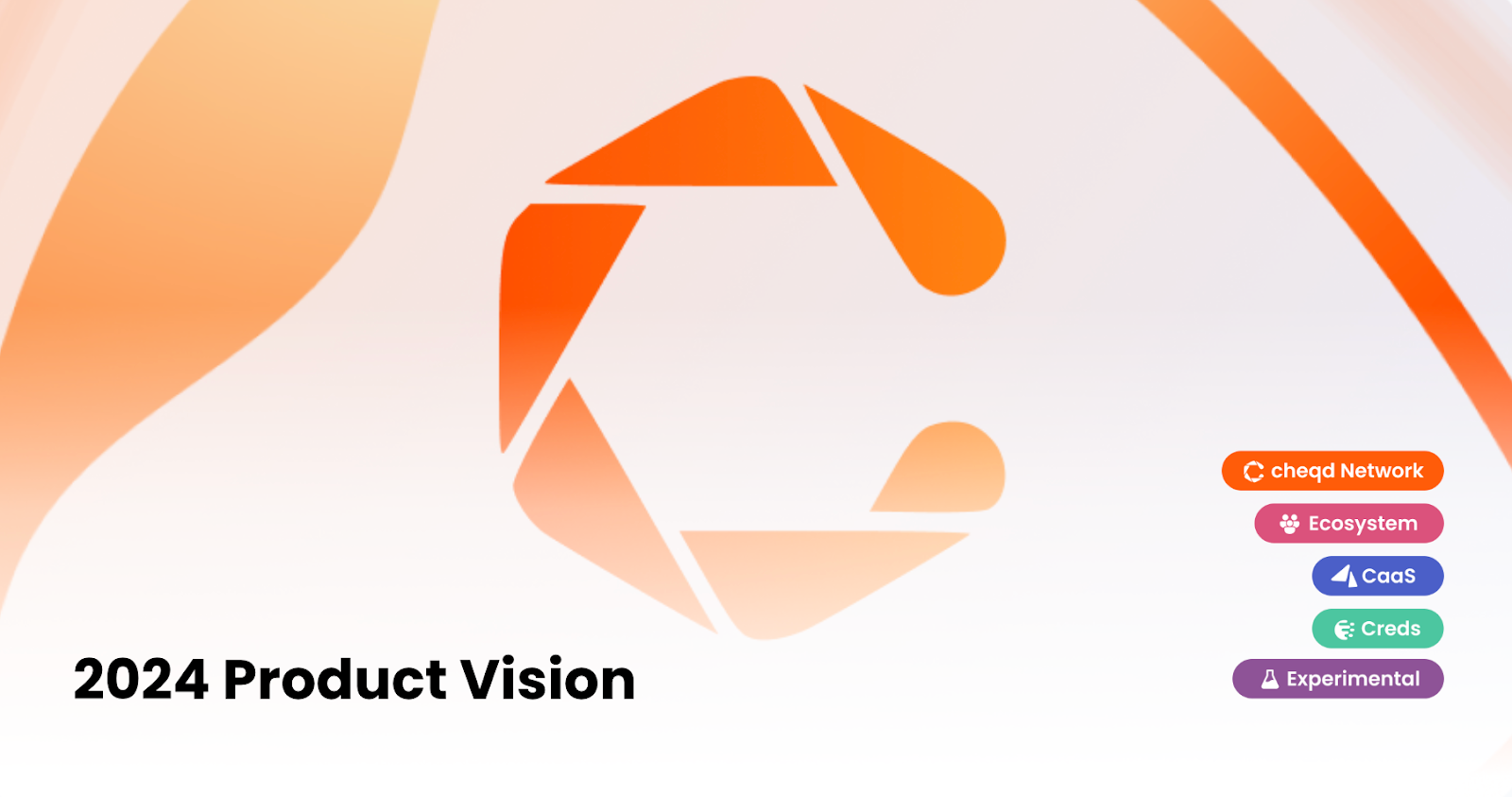
cheqd Mid-Year Update: Key Achievements and What’s Ahead
As 2024 speeds by, we’re advancing our products to drive the industry forward. Our commitment remains steadfast: to foster a more equitable, decentralised, and trusted

As 2024 speeds by, we’re advancing our products to drive the industry forward. Our commitment remains steadfast: to foster a more equitable, decentralised, and trusted

At cheqd, with the initiative and creativity of NYMLAB, we’re pleased to announce our leading Decentralised Identity functionality is now available across IBC, bringing DID

As we round off the first quarter in what’s shaping up to be a momentous year for the crypto and identity market, we reflect on

cheqd partners with DSID to bring a new form of “reputation score” to its collectors We’re excited to announce a new partnership with DSID (Digital

Dive deep into our plans to execute the cheqd vision for Decentralised Identity through our 2024 Product Goals & Roadmap. Co-authored by Ross Power, Alex

How Event & Role Credentials can be a powerful tool for building Digital Reputation by Web 3 communities and beyond… July 2023 saw over 500 loyal
Select your language to view our content